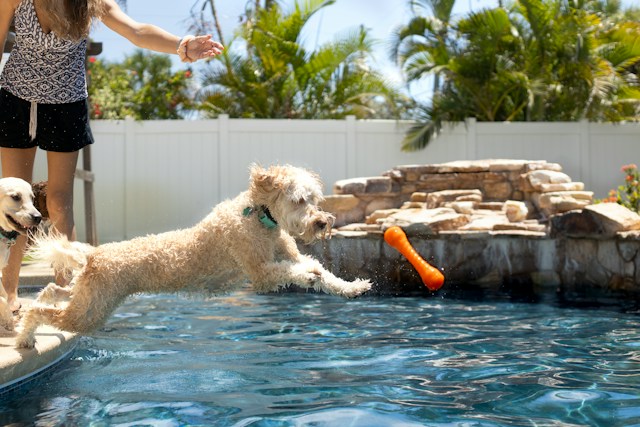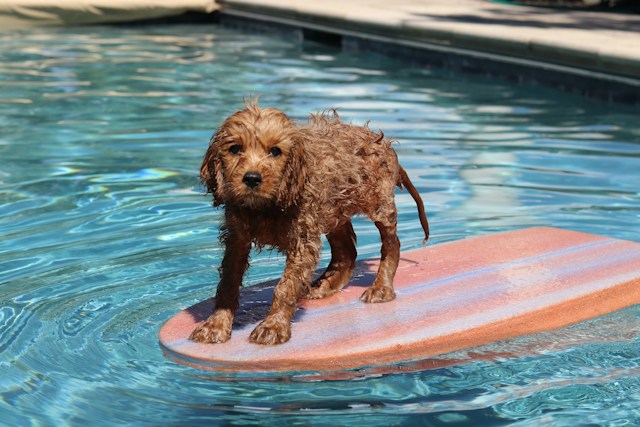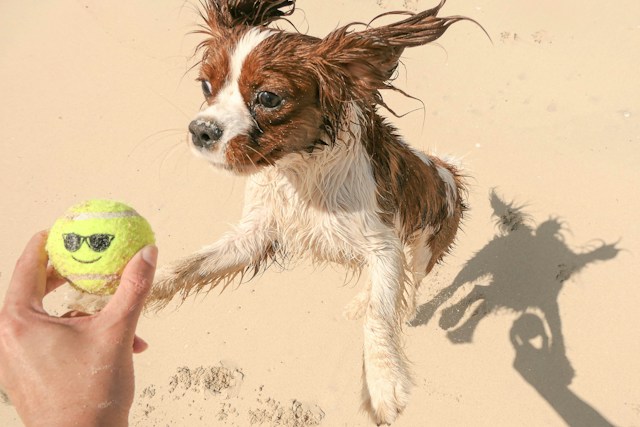Introduction
Bringing a new puppy into your home is an exciting and joyous experience, but it also comes with the responsibility of training. Proper training not only ensures a well-behaved and happy pup but also establishes a strong bond between you and your furry friend. In this guide, we’ll explore the essential steps on how to train your puppy, making the process enjoyable and effective for both of you.
- Start Early
Training should begin as soon as your puppy enters your home. Puppies are like sponges, absorbing information quickly, so the earlier you start, the better. Begin with basic commands like “sit,” “stay,” and “come.” Use positive reinforcement, such as treats and praise, to motivate your puppy to follow your commands.

- Consistency is Key
Consistency is crucial in puppy training. Use the same commands and cues consistently, so your puppy can easily understand what is expected. Everyone in your household should be on the same page regarding training techniques and commands to avoid confusion.
- Positive Reinforcement
Positive reinforcement is a powerful tool in training your puppy. Reward good behavior with treats, praise, or playtime. This creates a positive association with the desired behavior, making your puppy more likely to repeat it. Avoid punishment-based methods, as they can lead to fear and anxiety.

- Patience and Understanding
Remember that puppies are learning about the world around them, and training takes time. Be patient and understanding, and avoid getting frustrated. If your puppy makes a mistake, correct the behavior gently and redirect them to the correct action. Consistent positive reinforcement will yield better results than punishment.
- Socialization
Expose your puppy to different people, environments, and other animals from an early age. This helps them become well-adjusted adults. Gradually introduce new experiences, ensuring they are positive and not overwhelming for your puppy. Socialization is crucial for preventing behavioral problems and fear-related issues later in life.

- Basic Obedience Commands
Teaching basic obedience commands is fundamental in puppy training. Commands like “sit,” “stay,” “come,” and “down” are not only useful for controlling your puppy but also form the basis for more advanced training. Use treats and positive reinforcement to make learning enjoyable for your puppy.
- Leash Training
Leash training is essential for both your puppy’s safety and your convenience. Start with short walks, allowing your puppy to get used to the sensation of the leash. Reward them for walking beside you and not pulling. Gradually increase the length of your walks as your puppy becomes more comfortable.

- Crate Training
Introduce your puppy to a crate as a safe and comfortable space. Use positive reinforcement to create a positive association with the crate. Crate training is valuable for housetraining, preventing destructive behavior, and providing a secure space for your puppy.
Conclusion
Training your puppy is a rewarding journey that strengthens the bond between you and your furry companion. Remember to start early, be consistent, use positive reinforcement, and practice patience. With time and dedication, you’ll have a well-behaved and happy puppy that brings joy to your home for years to come.
